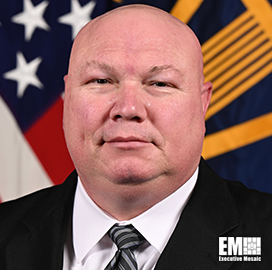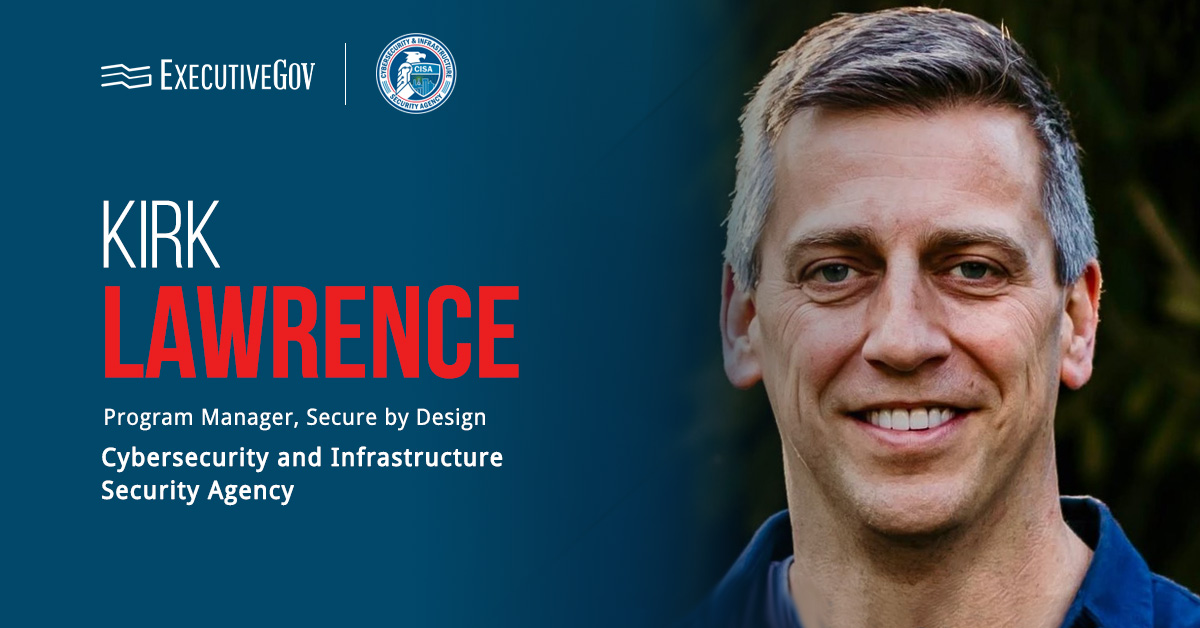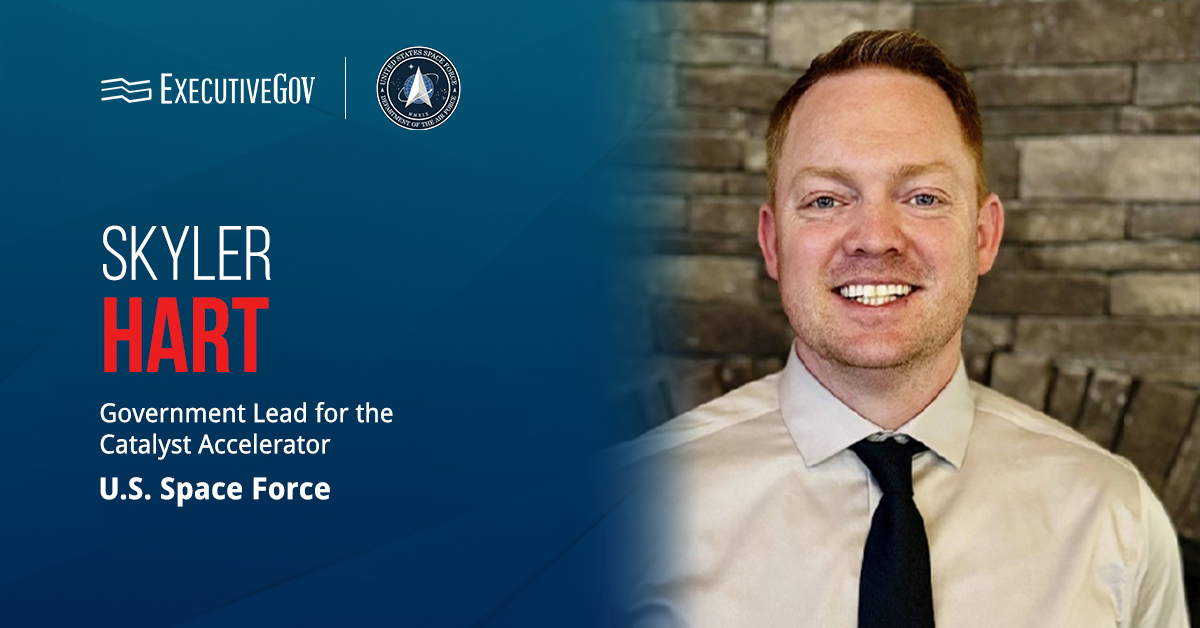The Department of the Air Force concluded the first experiment under the Decision Advantage Sprint for Human-Machine Teaming, or DASH, initiative, providing warfighters and software developers with an opportunity to develop prototypes of command and control capabilities and microservices designed to speed up decision-making in battle management scenarios.
The Air Force’s Advanced Battle Management Cross-Functional Team, or ABMS CFT, led the two-week experiment in partnership with the Air Force Research Laboratory, the 711th Human Performance Wing, Integrated Capabilities Command and the 805th Combat Training Squadron, also known as Shadow Operations Center-Nellis, or ShOC-N.
The experiment was held at the Howard Hughes Operations Center, or H2O, in Las Vegas.
“The DASH experiment showed how machine support can dramatically reduce decision time and improve decision quality for air battle managers working in complex operational environments,” said Col. Christopher Cannon, ABMS CFT lead. “Battle management teams were exercising command and control decision advantage.”
Table of Contents
Perceived Actionable Entity Function
The experiment focused on Perceived Actionable Entity, or PAE, which is the critical subfunction of the Transformational Model-Battle Management, or TM-BM.
The PAE function seeks to determine which actions are permissible, possible and desirable against an operational entity.
A ShOC-N coding team and four industry teams partnered with Total Force and Royal Canadian Air Force air battle managers to develop and test code designed to help soldiers make faster decisions on the battlefield.
“Our C2 systems are still putting the burden of complex decision-making entirely on the human; this sprint starts to change that by giving our Airmen digital teammates that help them perceive, decide and act faster,” said Lt. Col. Shawn Finney, 805th CTS/ShOC-N commander at Nellis Air Force Base in Nevada. “The ShOC’s H2O center serves as an unclassified software development and vendor engagement hub allowing the DASH teams to rapidly code.”
Conducting the DASH Experiment in 2 Phases
The Air Force performed the DASH experiment in two phases to measure the impact of human-machine teaming.
In the initial phase, battle managers used only their existing tools and training to perform a combat scenario, establishing a performance baseline.
Under the second phase, they executed a similar scenario using prototype decision-support tools built during the sprint.
“The DASH experiment isn’t just a coding sprint—it’s a learning environment. Industry teams bring diverse perspectives and technical approaches that push us to think differently about C2. That collaboration accelerates our ability to deliver functional software and refine requirements for the entire enterprise,” said Lt. Col. Wesley Schultz, 805th CTS/ShOC-N director of operations.


















